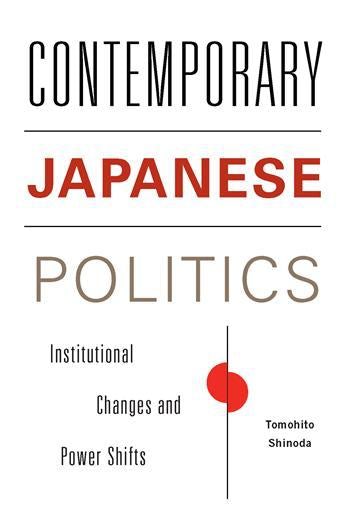Decentralized policymaking power in Japan had developed under the reign of the Liberal Democratic Party (LDP), yet in the1990s, institutional changes fundamentally altered Japan's political landscape. Tomohito Shinoda tracks these developments in the operation of and tensions between Japan's political parties and the public's behavior in elections, as well as in the government's ability to coordinate diverse policy preferences and respond to political crises. The selection of Junichiro Koizumi, an anti-mainstream politician, as prime minister in 2001 initiated a power shift to the Democratic Party of Japan (DPJ) and ended LDP rule. Shinoda details these events and Prime Minister Koizumi's use of them to practice strong policymaking leadership. He also outlines the institutional initiatives introduced by the DPJ government and their impact on policymaking, illustrating the importance of balanced centralized institutions and bureaucratic support.
- Table of Contents
- List of Figures and Tables
- Acknowledgments
- A Note on Conventions
- List of Abbreviations and Japanese Terms
- Introduction
- 1. Japanese Politics Under the LDP
- 2. The Politics of Institutional Reform
- 3. Institutional Changes and Koizumi's Leadership
- 4. Electoral Changes and Their Impact
- 5. Hatoyama's Antibureaucratic Stance
- 6. Kan's Struggle in the Government and the DPJ
- 7. Institutions and Political Leadership
- Epilogue: Developments Under the Abe Cabinet
- Appendix 1
- Appendix 2
- Notes
- Bibliography
- Index

